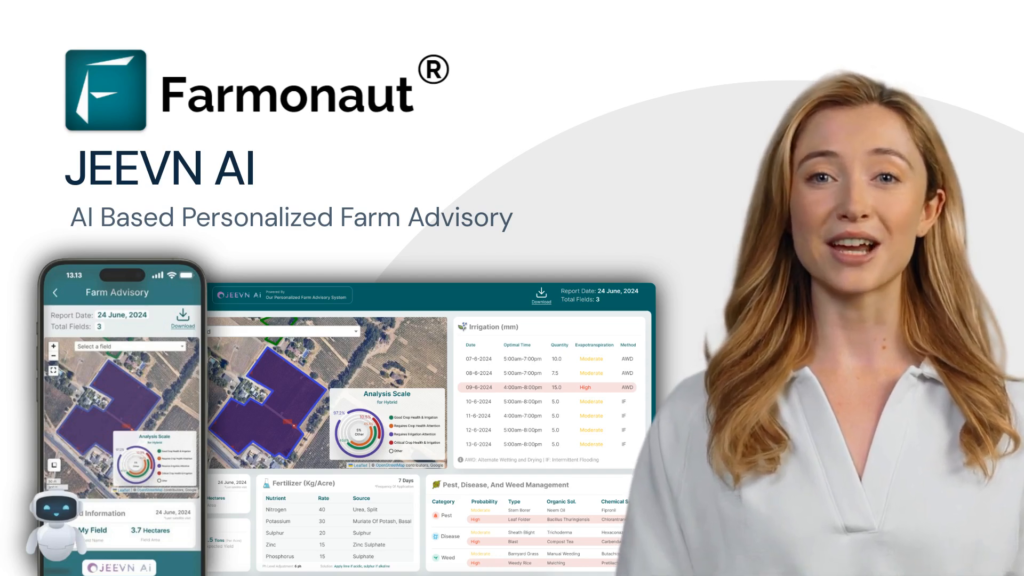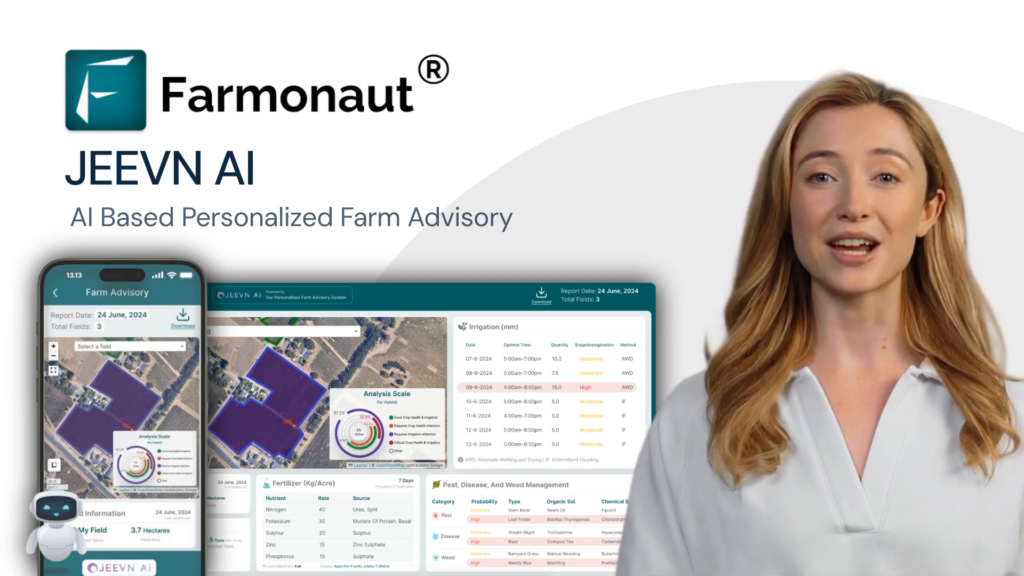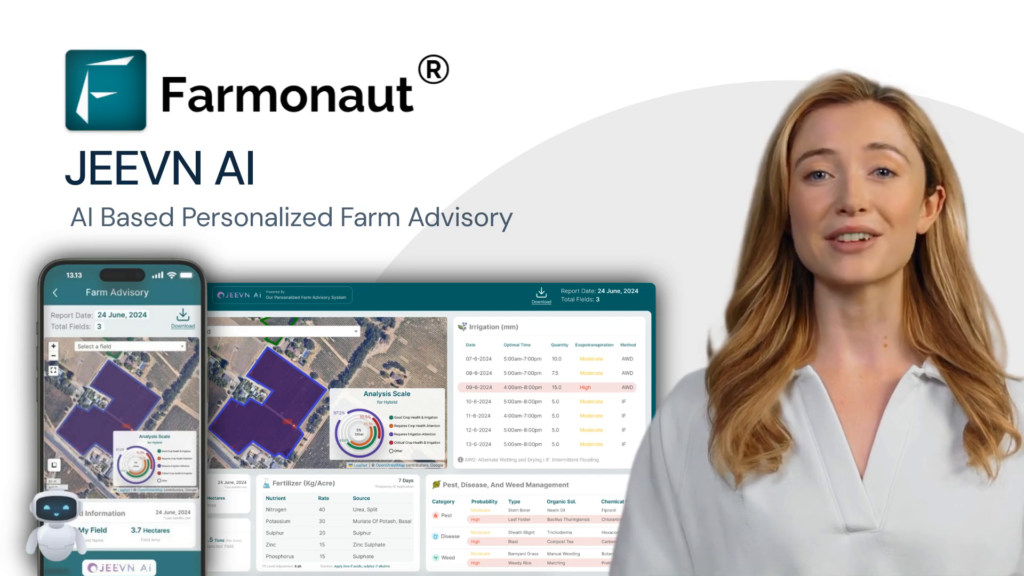Revitalizing Indigenous Land Stewardship: Massachusetts Farm Conservation Embraces Sustainable Agriculture
“Massachusetts bill proposes returning 430 acres of state-owned land to the Hassanamisco Nipmuc Band for sustainable agriculture.”
In the heart of Massachusetts, a groundbreaking initiative is taking shape that promises to revolutionize the way we approach farmland conservation and Indigenous land stewardship. As we delve into this exciting development, we’ll explore how the integration of traditional farming methods with modern sustainable agriculture practices is paving the way for a more resilient and equitable future.
The Genesis of Change: A New Bill for Indigenous Land Rights
At the core of this transformative movement is a new House bill that proposes giving the Hassanamisco Nipmuc Band authorization to steward a majority of the 430-acre Lampson Brook Farm and forestland in Belchertown, Massachusetts. This legislation, filed as a citizen petition by state Rep. Aaron Saunders, represents a significant step towards rectifying historical injustices while promoting environmental conservation.
The bill, crafted by the Belchertown-Nipmuc Farm Conservation Alliance, aims to amend a 2021 legislation that outlined a process for selecting a permanent steward of the land. By addressing the needs of various stakeholders, particularly Indigenous people, this new proposal seeks to create a more inclusive and sustainable approach to land management.

The Vision: An “Agrihood” for Sustainable Living
“The proposed ‘agrihood’ in Massachusetts aims to combine sustainable farming practices with affordable housing for low-income families.”
At the heart of this initiative is the concept of an “agrihood” – a community-centered approach to agriculture that combines sustainable farming practices with affordable housing. This innovative model seeks to address multiple challenges simultaneously:
- Providing affordable housing for low-income families interested in farming
- Implementing sustainable agriculture practices
- Fostering community engagement and food sovereignty
- Preserving agricultural land and forestry
- Promoting climate change resilience in agriculture
Cheryll Toney Holley, sonskq (female leader) of the Hassanamisco Nipmuc Band, emphasizes the importance of this approach: “We’re all concerned about the future with climate change. We’re also concerned not only with our own people but with the land itself because we’re in relationship with land. It’s a relative, it’s part of our family, and so are the other occupants of the land. Our culture says that we need to return to that or else we’re not going to survive.”
Integrating Traditional Wisdom with Modern Science
One of the most exciting aspects of this initiative is the blend of traditional Indigenous farming methods with western scientific approaches. This synergy promises to create a robust and adaptive agricultural system that can better withstand the challenges posed by climate change.
Holley explains, “We’re combining western science with our own traditional methods, mostly because climate has changed before, but normally that happens slowly so we were able to watch and monitor and make adjustments in a timely manner, but now it’s happening quicker. We’re using western science as well to help us to move along a little bit faster than our ancestors might’ve done.”
Key Components of the Proposed Land Stewardship Plan
The Nipmuc’s land stewardship plan encompasses several critical elements that prioritize both ecological preservation and community well-being:
- Protecting Native Species: A focus on preserving and promoting indigenous flora and fauna.
- Restoring Forestry Health: Implementing innovative forest preservation techniques to maintain ecosystem balance.
- Preserving Agricultural Land: Ensuring that farmland remains productive and sustainable for future generations.
- Food Sovereignty Programs: Developing initiatives that empower the community to grow and control its own food supply.
- Community Agriculture: Encouraging families to participate in farming activities, fostering a connection to the land.
- Affordable Housing: Repurposing existing structures to provide housing for those involved in farming activities.
This comprehensive approach not only honors the current farmer leases but also sets the stage for a more sustainable and equitable agricultural future.
Comparative Analysis of Land Management Approaches
| Land Management Aspect | Indigenous Approach | Conventional Approach | “Agrihood” Model | Environmental Impact |
|---|---|---|---|---|
| Crop Diversity | High diversity, polyculture | Low diversity, monoculture | High diversity, mixed systems | Positive: Increased biodiversity |
| Soil Conservation | Natural methods, cover crops | Chemical inputs, tilling | Organic methods, no-till practices | Positive: Improved soil health |
| Water Management | Traditional water harvesting | Irrigation systems | Efficient irrigation, rainwater harvesting | Positive: Water conservation |
| Forest Preservation | Holistic ecosystem management | Often cleared for agriculture | Integrated agroforestry systems | Positive: Carbon sequestration |
| Community Involvement | High, communal practices | Low, individualized farming | High, shared resources and knowledge | Positive: Social cohesion |
| Climate Resilience | Traditional adaptive practices | Technological solutions | Blend of traditional and modern techniques | Positive: Enhanced adaptability |
The Role of Technology in Modern Sustainable Agriculture
While traditional methods form the foundation of this initiative, modern technology plays a crucial role in enhancing its effectiveness. This is where innovative solutions like those offered by Farmonaut come into play.
Farmonaut, a pioneering agricultural technology company, provides advanced satellite-based farm management solutions that can significantly benefit initiatives like the Massachusetts “agrihood” project. Through its android, iOS, web/browser App, and API, Farmonaut makes precision agriculture affordable and accessible to farmers worldwide.
Some key features of Farmonaut that could enhance the proposed land stewardship plan include:
- Real-time crop health monitoring using satellite imagery
- AI-based advisory systems for optimized farming decisions
- Blockchain-based traceability for transparent food supply chains
- Resource management tools for efficient use of water and other inputs
By integrating such technologies, the Nipmuc-led initiative can combine the wisdom of traditional practices with the precision of modern science, creating a truly sustainable and resilient agricultural system.
Community Support and Public Engagement
The proposed legislation has garnered significant support from the local community. An online petition started in 2021 has amassed over 5,200 signatures, demonstrating strong public backing for the initiative. During recent Lampson Brook Farm Board meetings, residents have expressed their enthusiasm for the project, viewing it as an opportunity to address historical injustices while creating a sustainable future.
Charlotte Cassidy, a Belchertown resident, captures the sentiment: “I believe that this legislation is not only a wonderful opportunity to right historical wrongs, but represents a powerful mutual cause. One that connects Belchertown and the Nipmuc in the shared vision of a sustainable and climate resilient future.”
Challenges and Considerations
While the proposed legislation offers numerous benefits, it’s not without its challenges. Some key considerations include:
- Ensuring smooth transition of land management responsibilities
- Balancing the needs of current farmers with new initiatives
- Securing funding for infrastructure development and affordable housing
- Navigating potential regulatory hurdles in implementing new agricultural practices
- Building consensus among various stakeholders, including state agencies and local communities
Addressing these challenges will require ongoing dialogue, collaboration, and a commitment to finding mutually beneficial solutions.

The Broader Impact: A Model for Sustainable Land Management
The Massachusetts initiative has the potential to serve as a model for similar projects across the United States and beyond. By demonstrating how Indigenous land stewardship, sustainable agriculture practices, and modern technology can work in harmony, this project could inspire a new approach to land management that prioritizes both ecological health and social justice.
Key takeaways from this initiative include:
- The importance of recognizing and incorporating Indigenous knowledge in land management
- The potential of “agrihoods” as a sustainable community development model
- The role of technology in enhancing traditional farming practices
- The value of community engagement in shaping agricultural policy
- The need for holistic approaches that address environmental, social, and economic concerns simultaneously
Looking Ahead: The Future of Sustainable Agriculture
As we look to the future, initiatives like the Massachusetts “agrihood” project offer hope for a more sustainable and equitable agricultural system. By combining traditional wisdom with modern innovations, we can create resilient farming communities that are better equipped to face the challenges of climate change and food security.
Technologies like those offered by Farmonaut will play a crucial role in this transition, providing farmers with the tools they need to make informed decisions and optimize their practices. Whether it’s through satellite-based crop monitoring, AI-driven advisories, or blockchain-enabled traceability, these innovations can help bridge the gap between traditional and modern farming methods.
Explore Farmonaut’s API for advanced agricultural insights
Access Farmonaut’s API Developer Documentation
Conclusion: A New Chapter in Agricultural Sustainability
The proposed legislation in Massachusetts marks a significant milestone in the journey towards more sustainable and equitable land management practices. By returning stewardship of the Lampson Brook Farm to the Hassanamisco Nipmuc Band, this initiative not only addresses historical injustices but also paves the way for innovative approaches to agriculture that prioritize both environmental and community well-being.
As we move forward, it’s crucial that we continue to support and learn from such initiatives. By embracing the wisdom of Indigenous land stewardship, leveraging modern agricultural technologies, and fostering community engagement, we can create a more resilient and sustainable food system for generations to come.
The Massachusetts “agrihood” project serves as a beacon of hope and a model for future endeavors in sustainable agriculture. It reminds us that by honoring our past, embracing innovation, and working together, we can cultivate a brighter, more sustainable future for all.
Earn With Farmonaut
Earn 20% recurring commission with Farmonaut’s affiliate program by sharing your promo code and helping farmers save 10%. Onboard 10 Elite farmers monthly to earn a minimum of $148,000 annually—start now and grow your income!
Learn more about the Farmonaut Affiliate Program
Farmonaut Subscriptions
Frequently Asked Questions
Q: What is the main goal of the proposed legislation in Massachusetts?
A: The main goal is to return stewardship of 430 acres of state-owned agricultural and forestland to the Hassanamisco Nipmuc Band, promoting sustainable agriculture and Indigenous land stewardship.
Q: What is an “agrihood”?
A: An “agrihood” is a community-centered approach to agriculture that combines sustainable farming practices with affordable housing, fostering community engagement and food sovereignty.
Q: How does this initiative address climate change?
A: The initiative promotes climate change resilience in agriculture by integrating traditional Indigenous farming methods with modern sustainable practices and technology.
Q: What role does technology play in this project?
A: Technology, such as Farmonaut’s satellite-based farm management solutions, can enhance the effectiveness of traditional farming methods by providing real-time data and AI-driven insights.
Q: How can the public support this initiative?
A: The public can support by signing petitions, attending local meetings, and reaching out to representatives to express support for the proposed legislation.
















